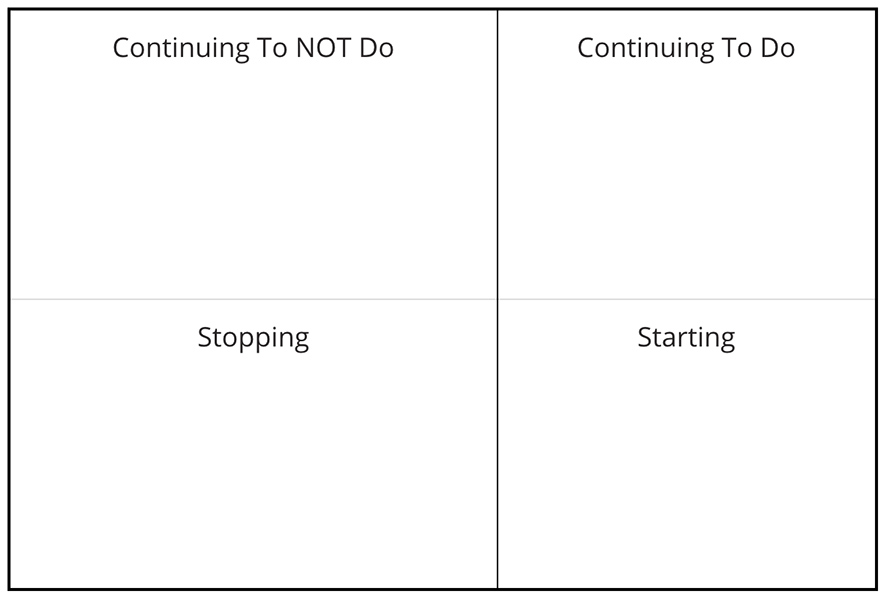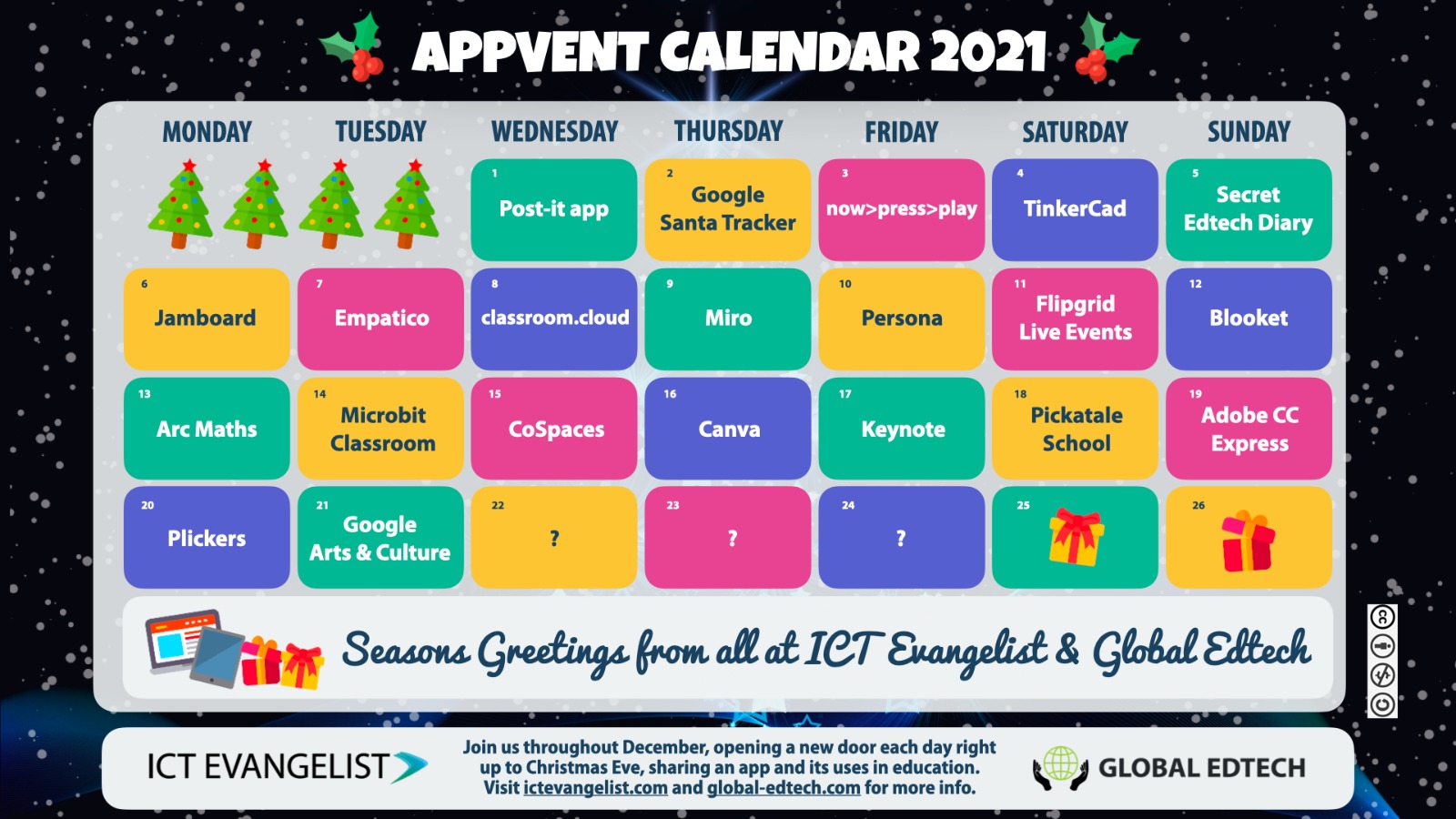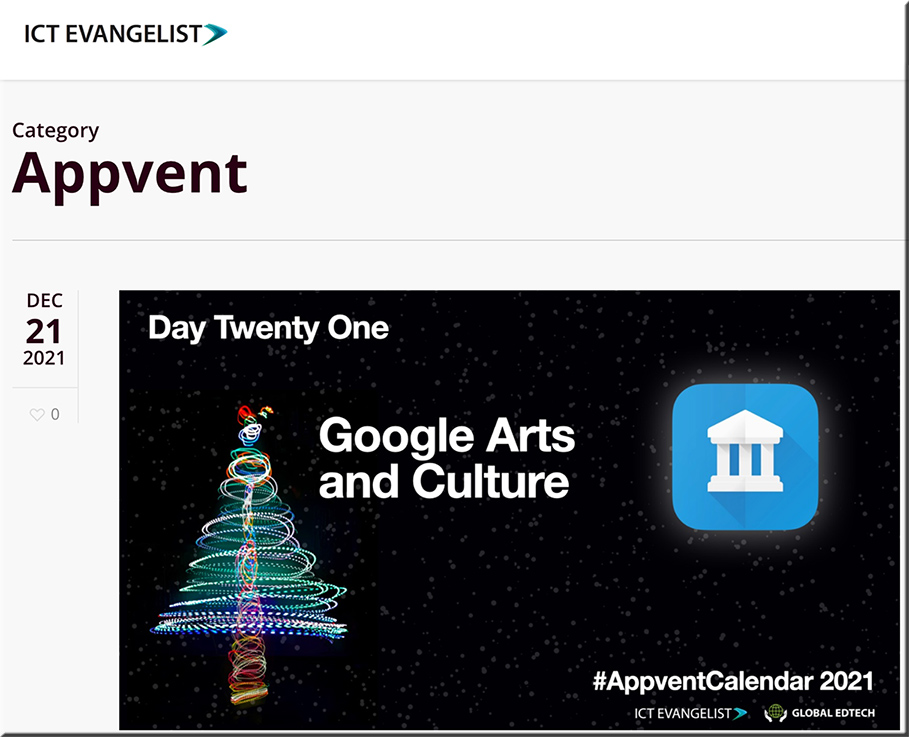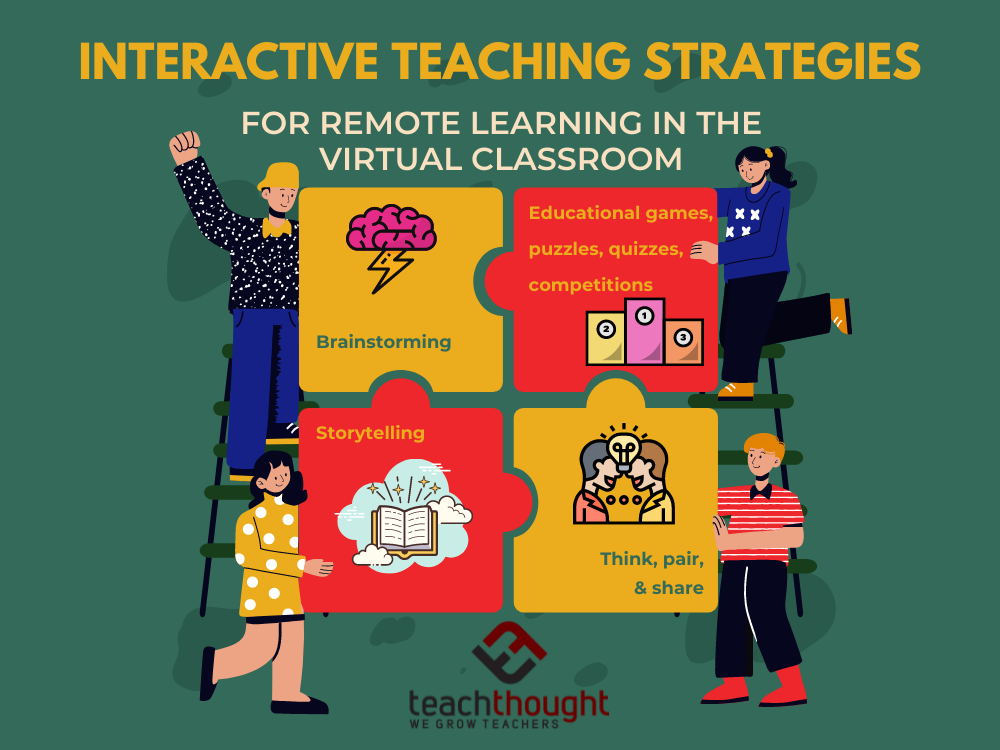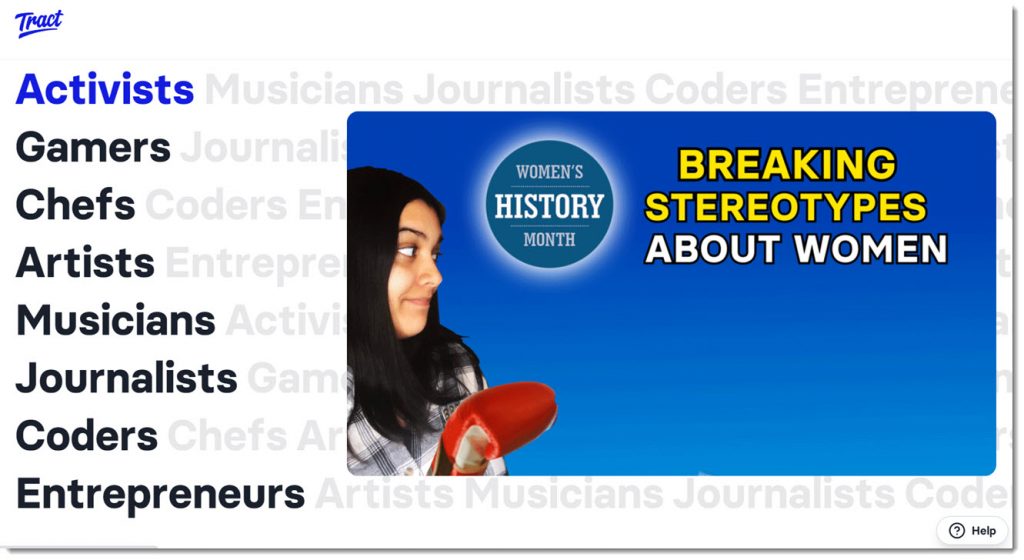Why the Science of Teaching Is Often Ignored — from chronicle.com by Beth McMurtrie
There’s a whole literature on what works. But it’s not making its way into the classroom.
Excerpts:
Yet, teaching reformers argue, the dangers of ignoring the expanding body of knowledge about teaching and learning are ever more apparent. Traditional teaching may have sufficed when college campuses were more ivory tower than lifeboat, educating future generations of scholars and other elites rather than trying to lift up a diverse group of students and prepare them for an increasingly complex world.
Studies have also shown that faculty members are more likely to try evidence-based teaching practices if they feel they have supportive colleagues and departments. Faculty learning communities can be particularly helpful, teaching experts say, because instructors meet regularly over a series of months to tackle complex challenges, often by exploring the research and experimenting with small changes to their teaching.
Reforming teaching evaluations so that they reflect the hard work of reading and reflecting on teaching scholarship is also a critical lever for change.









